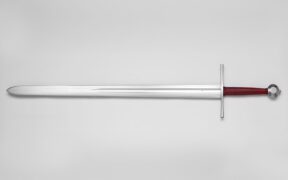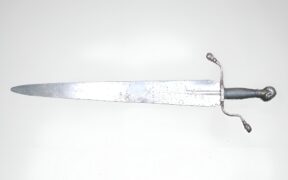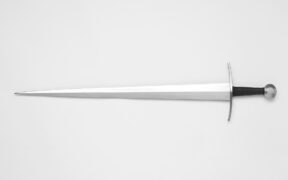Our content features commercial links to our products, committed to transparent, unbiased, and informed editorial recommendations. Learn More
Oakeshott Type XI: The First Sword of the European Knight
NO AI USED This Article has been written and edited by our team with no help of the AI
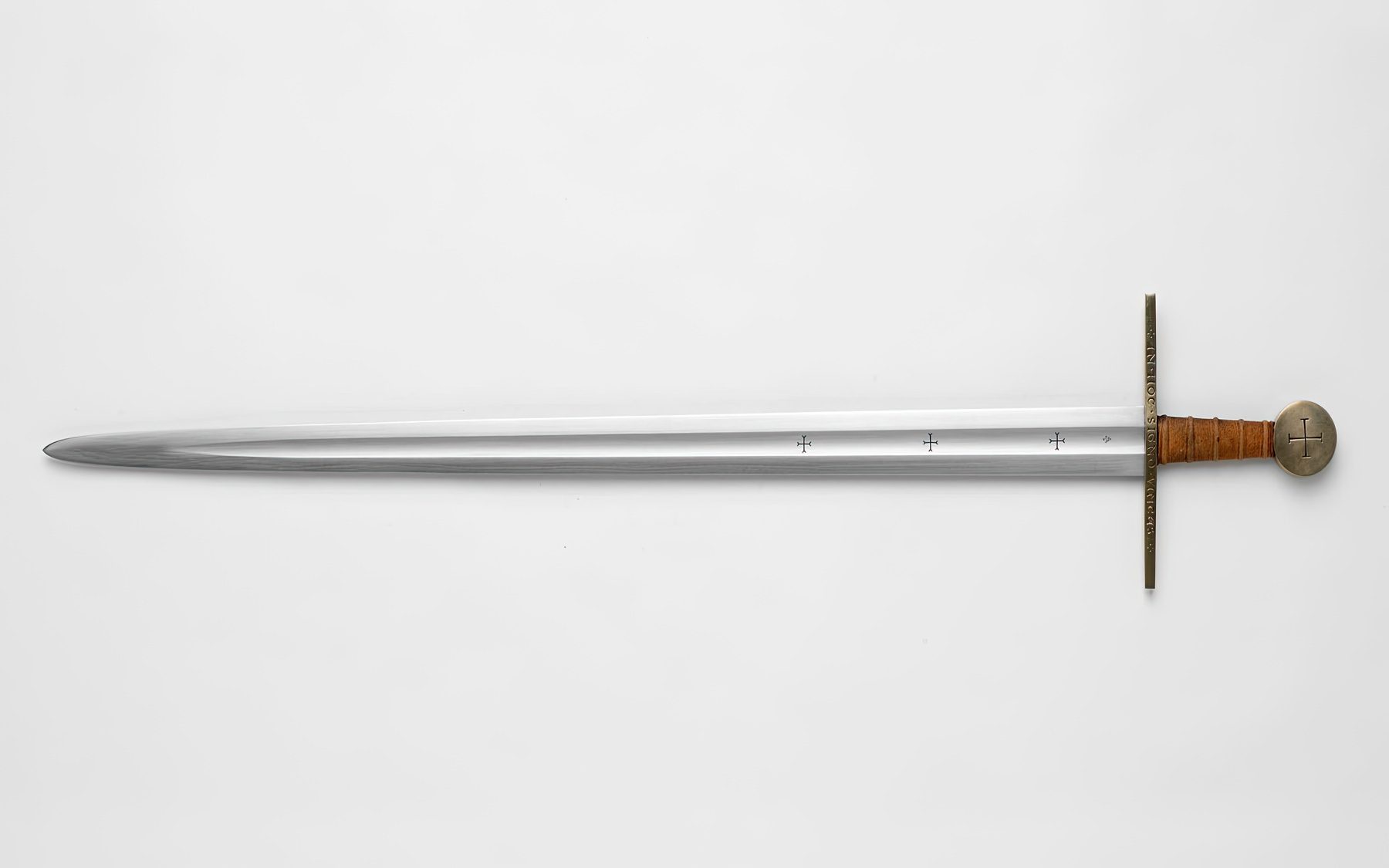
Oakeshott type XI (eleven) swords are the second European double-edged blade type in Oakeshott’s Typology. They evolved from the Oakeshott X-type sword, which was nearly opposite in design. The XI type is one of the most popular swords of the Early Middle Ages due to their increased use by the rise of medieval knights.
Ewart Oakeshott was an amateur historian and profound researcher of European historical weapons and armor. His expertise and passion were double-edged swords he collected and researched for roughly 60 years. Oakeshott created a typology of European medieval swords based on several factors to better classify them into their historical eras and make them easier to understand.
This article will explore the world of type XI swords and the one sub-type entirely different from its predecessor. Then, we will review the attributes that make the XI and Xia swords unique and how they were best used. We will conclude with a brief history of the weapon and some surviving antique examples of XI swords.
Characteristics of Type XI Swords

The type XI sword from Oakeshott’s typology is an easily recognizable European blade thanks to its simple design, used by many early 10th and 11th century European knights. The archetypal early arming sword has a wider crossguard and a slimmer blade than the previous Viking swords. Many of its characteristics are similar to the previous Type X, but it is different in its blade design, defining its element and placing it in a different category.
Blade

The blade of the Type XI is straight, and its edges are almost parallel toward its tip. It contrasts the previous X blade type with a design that broke the norm of the previous broader Viking swords. The XI is longer and more narrow in its blade profile. The blade is also lenticular, featuring a slim, poorly defined fuller stretching throughout the entire length.
The tang beneath the handle is flat and much broader toward its pommel. The blade tapers to a lightly rounded tip different from the previous spatulated type X swords. The longer and slimmer blade was also flexible, which made it more practical for mounted cutting attacks rather than powerful thrusts.
Hilt (Guard and Pommel)

Type XI swords feature wide cruciform type crossguards, which can taper and then broaden slightly toward the end. They can also be hexagonal and broader throughout the entire length. These were created wider and longer to effectively target the footed enemy while the wielder rode horseback.
The Oakeshott XI featured the same pommel designs as the previous X type. The most popular were shaped like a Brazil nut or a disc design, along with some rounded with well-beveled edges. The handle was very short to fit a hand’s length, and XI pommels were sizable, acting as a powerful backhand stopper when using the sword for swift and lethal cutting attacks.
Size and Weight
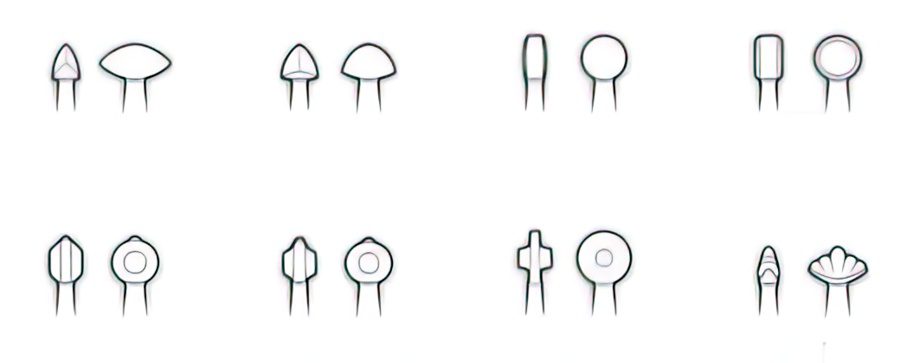
While the one-handed Oakeshott type XI swords were larger and longer than the previous type X, they were not overly bulky. Their blade length was 37 inches (94 cm) with a hilt length of around 3.5 inches (9 cm), giving the XI an overall length of around 40 inches (102 cm).
Because it was a prominent cavalry weapon, it needed to be fairly heavy and easy to handle. The slimmer blade design made this possible. The overall weight of Type XI swords could vary, but most were around 2.5 to 3 lbs (1.1 to 1.3 kg).
Sub Type XIa

While the XI is a well-defined sword easily recognizable by sword connoisseurs, some had unique characteristics, such as a broader blade, that made them stand out, giving Oakeshott the need to create the sub-type known as XIa.
In terms of its blade design, fuller, crossguard, pommel types, and short handle design, the XIa is very similar to the primary type X. The major disparity is that the blade is much broader with a poorly definer broad fuller that narrows towards the tip. Some type XIa could be slightly shorter in blade length and were likely used as powerful cutting or chopping weapons that were slimmer with less flexibility than the XI.
Uses for the Type XI Swords
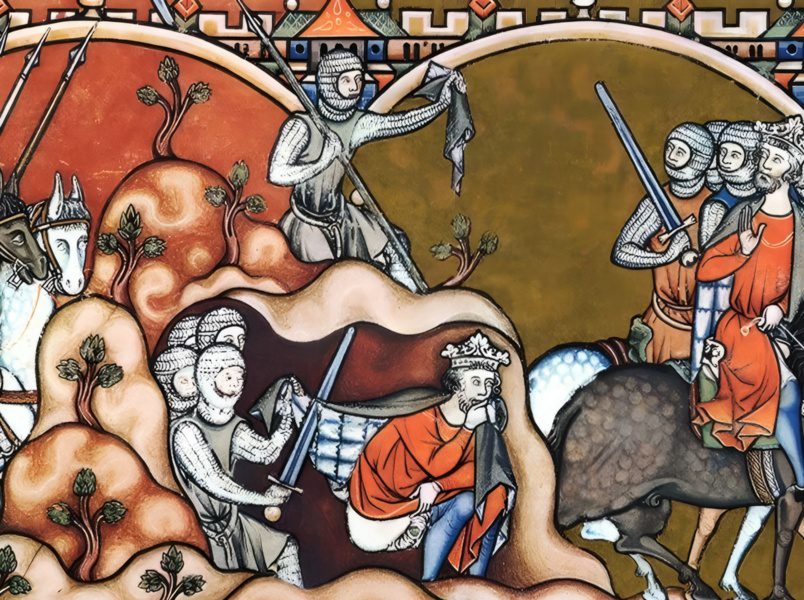
The Oakeshott type XI double-edged sword was still primarily a cutting weapon that became popular during the rise of the mounted knights of medieval Europe. The slimmer and longer blade design made it easier to handle while giving greater access to the enemy.
During the 11th and 12th centuries, plate armor was not prevalent, and most soldiers were unarmored or lightly armored troops with gambeson or chainmail armor, giving the XI blade a greater advantage for cutting and slashing. This slimmer blade with a stronger and more flexible taper made it easier to deflect enemy shields when on the move, but it was not as adept for thrusting attacks.
History and Historical Examples of Type XI Swords
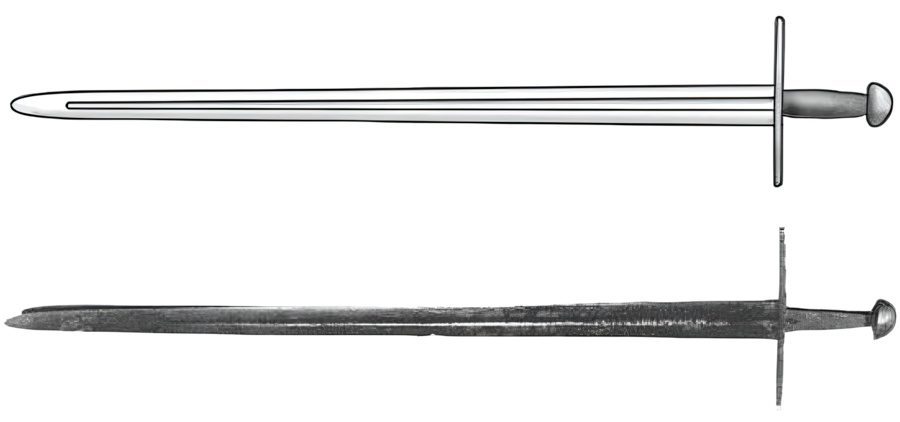
The type XI sword was generally considered the arming cavalry sword used by the knights of the High Middle Ages. However, some excavations of type XI swords, such as the one currently at the Glasgow Museum in Scotland, have changed this general opinion. It is now suggested that the type XI may have been produced as early as the 10th century.

During this time, the knight was slowly rising as a class of low nobility. Cavalry was more eminent, solidifying the need for a longer, slimmer blade like the XI against certain enemy targets. Types X and XII were broader in blade design with an emphasis on the cut and were more popular and frequently used.

The XI swords aren’t featured as much in historical scripts or art, eluding to the possibility that it wasn’t as popular as the previous type X or the later type XII blades. This could be because the sword was limited to European Knights of a higher class or because mounted units did not need the slight reach advantage that this offered.
The XI sword was used well into the 12th century by various mounted European knights linked with Crusade orders, such as the Teutonic Knights, the Knights Templar, and the Knights Hospitaller. Because the XI was commonly used during the Crusades, it is often known as the Crusader Sword.

